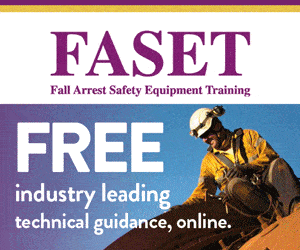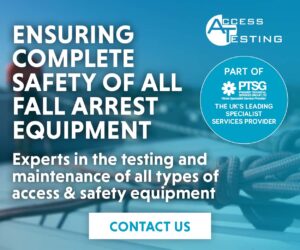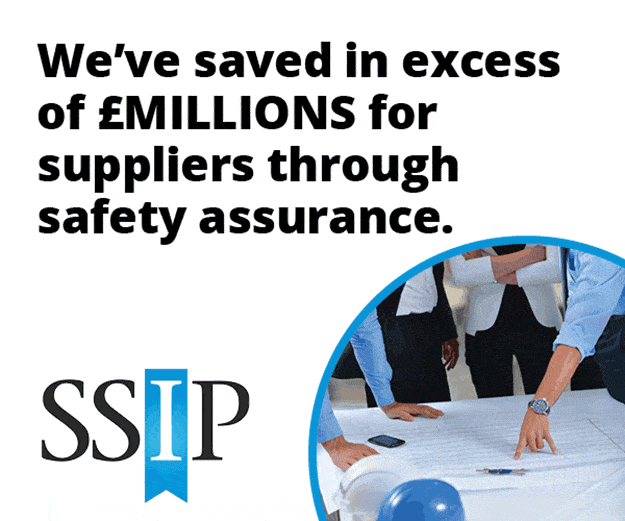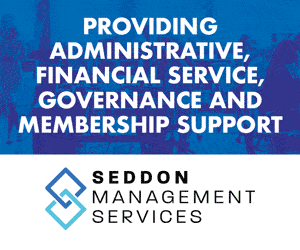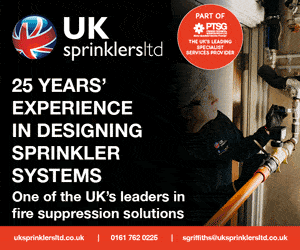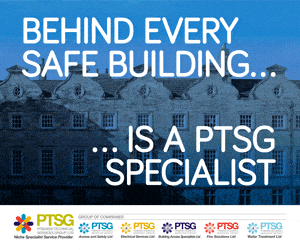Insight by Penny Brinsley, account director, Service Works Global
Compliance is becoming increasingly prioritised and scrutinised by regulators and organisations alike, and ensuring that your contractors’ work permits are secure, up-to-date, and in line with current regulations is essential to guarantee the health and safety of those individuals.
Integrating a work permit system within a building’s CAFM software comes with numerous benefits including better workflows and pre-set approvals that guarantee the right signoffs have taken place before work begins, ensuring accountability at each stage.
Best-in-class CAFM software allows for seamless integration of work permits, creating a comprehensive, end-to-end solution for the provision of work permits, from the initial request through approval and publications, to the on-site operative.
This offers organisations an easy-to-use permit approval and allocation solution to keep compliance issues at bay and ensure that permit documentation is organised. Permit applications can include particular hazards and equipment, so you can link them to relevant jobs to keep track of the specifics, ensure safety and maintain compliance.
The Permit-to-Work solution
The QFM Permit-to-Work solution from Service Works Global (SWG) is an all-encompassing system that streamlines the process of requesting and obtaining work permits. It assists in creating permits, issuing team members with the relevant clearance documents that demonstrate they can work on a given project, attaching any requirements for the job such as health and safety qualifications, or equipment certifications.
The user can create a permit approval process that suits the needs of their building accordingly, with the ability to create as many stages of approval as is necessary for them. This process also enables better security and accountability for those involved in said work, as it creates an easily accessible thread of who signed off what elements of the work. This means that building managers don’t need a separate system for people carrying out maintenance on their site, saving on valuable time, financial and IT resources.
Adding an integrated a work permits solution to a pre-existing CAFM platform helps to streamline the planned maintenance process and ensure ongoing compliance. When planning maintenance activities for your site, data is centralised, ensuring all relevant information is prepared for
for the necessary work and/or closures. This also enables better health and safety management, as all necessary team members understand the nature of the work that is taking place, what potential precautions are required, and when work permits are needed for the contractors or operatives involved
Auditing
After the work itself has taken place, there needs to be finishing checks and completed sign-offs; CAFM software with integrated auditing functionality ensures successful completion of such audits. For an opened worksheet to be closed, the necessary audit will have to take place, including quality checks and health and safety auditing. Furthermore, auditing functionality acts as a failsafe measure that organisations can set up to randomly select and check the quality of work carried out and ensure the correct processes were followed and reported. Benchmarks can be setup to measure operative performance, on-time work, and work quality allowing organisations to take action if the work is subpar.
Robust auditing functionality is especially important for potentially dangerous workplace environments. At a healthcare estate, for example, there need to be audits in each room following work being completed to ensure it has been cleaned to a certain specification and is safe for patients and staff to use.
Undertaking these audits and logging them through CAFM software provides teams with evidence that they are up to date with their compliance regulations, as well as keeping to health and safety standards at work.
Maintenance Standards
Creating schedules and planning for permits within a workflow can be a daunting task as it is, let alone without considering the levels of compliance that are needed for the work to be carried out safely and to standard. Integrating with maintenance standards, such as SFG20 can also aid facilities managers in this goal.
With a library of over 1,200 template maintenance schedules, covering 70 equipment types, SFG20 integration ensures best practice. It removes the requirement of consulting the manufacturer guidelines for each asset or component, saving facilities managers time and hassle whilst making it easier for an organisation to remain compliant.
SFG20 can be integrated within software packages such as QFM to deliver FM teams with industry standard maintenance regimes, removing the need to create additional ‘how-to’ documentation. This integration helps provide the ability to create customised instructions and maintenance routines, whilst ensuring compliance with industry standard and best practice regimes including health and safety protocols. With large organisations such as the NHS in England working towards integrating SFG20 regulations across all their buildings, change is coming, and facilities managers need to be prepared.
Auditability and Accountability
An integrated CAFM and permit-to-work system effectively presents a safety net. For large organisations where there might be various in-progress work projects being carried out across the business, all with different risk levels, having a fully auditable and accountable work trail stored in one place helps with reporting and offering insights on the business itself.
Additionally, permits can be processed alongside necessary certifications. For example, if work is taking place within an education facility whilst students are present, the assigned worker can also submit their up-to-date DBS check as part of the risk assessment.




























